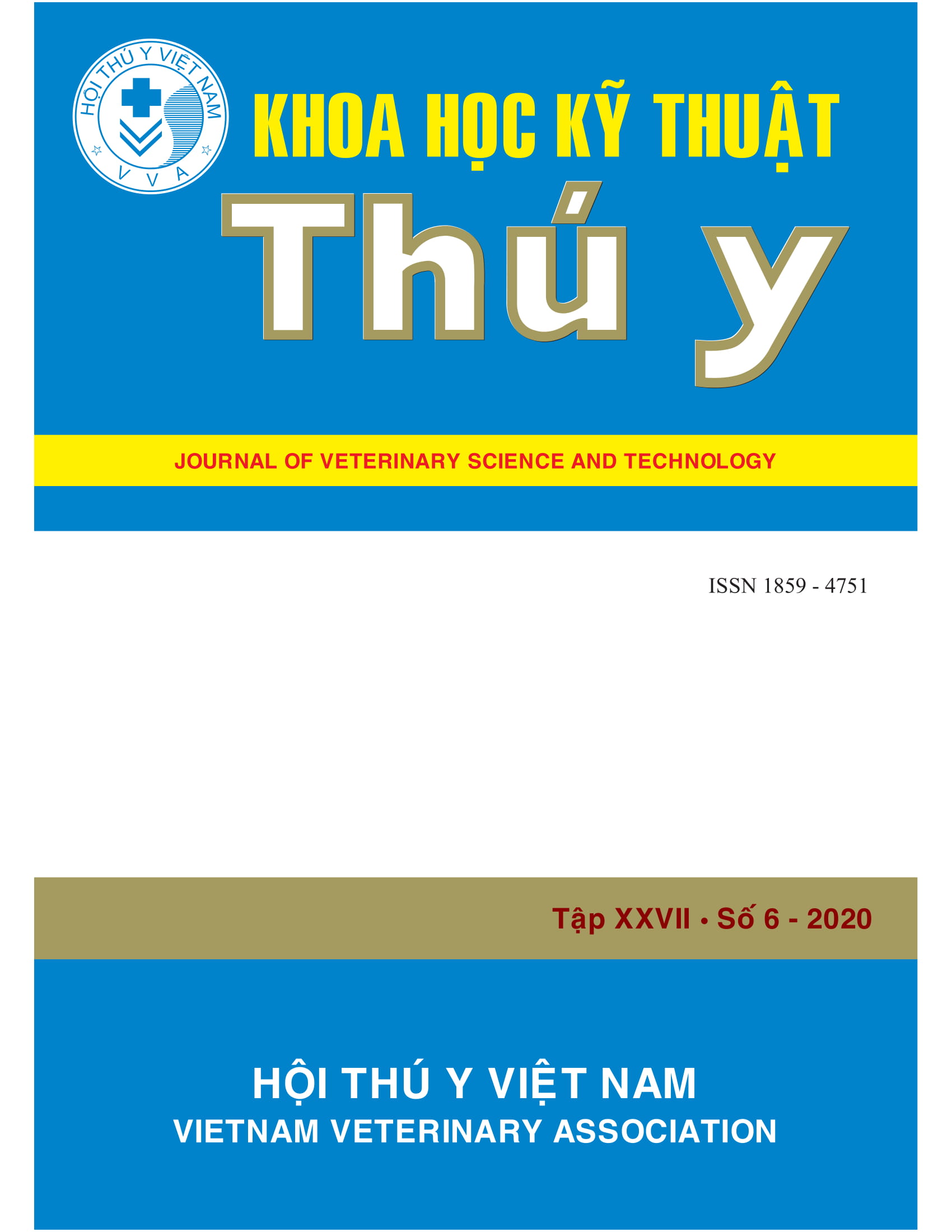Effects of erythromycin in treatment for climbing perch (Anabas testudineus) infected experimentally with multi-antibiotic resistance Aeromonas dhakensis
Abstract
A major problem concerning in aquaculture is the in-correct estimated dosage of antibiotics when treating fish disease. In this study, the effects of erythromycin in the treatment for climbing perch fingerlings infected experimentally with Aeromonas dhakensis strain (NV5M or V7L) resisting
to erythromycin were investigated. In addition, inducing the increase of Aeromonas/Vibrio spp. resisting with erythromycin in the fish infected the multi-antibiotic resistant bacteria strain (NV5M or V7L) was also investigated. The results of this study showed that after stop feeding the feed adding
erythromycin (100mg/kg fish/day, for 10 days), the mortality rate of the control (non-challenge) climbing perch increased significantly (P = 0.035, 6.67% to 46.67% at the day 11th). Meanwhile, the mortality rate of the fish challenged with the high virulent Aeromonas dhakensis isolate and
multi-anbiotic resistance bacteria strains increased significantly (P = 0.021, 40% to 86.67% at the day 15th) and higher than the mortality rate (80%) in the fish group infected experimentally with NV5M without feeding feed added antibiotics. This result indicated that the fish infected with the ulti-antibiotic resistance bacteria that treatment by antibiotics were not effective. The studied result also indicated that A. dhakensis could remain or spread the resistant property to the other virulent bacteria. In addition, using antibiotics for aquatic disease treatment in a long time might change the number of internal antibiotic resistant bacteria leading to very difficult to control the diseases in fish. The result of this study also contributed the important warning in using antibiotics for fish disease prophylactic and therapy in aquaculture in Viet Nam. Further studies are necessary to elucidate the
genetic mechanisms of these bacteria strains to control the danger to human health.

